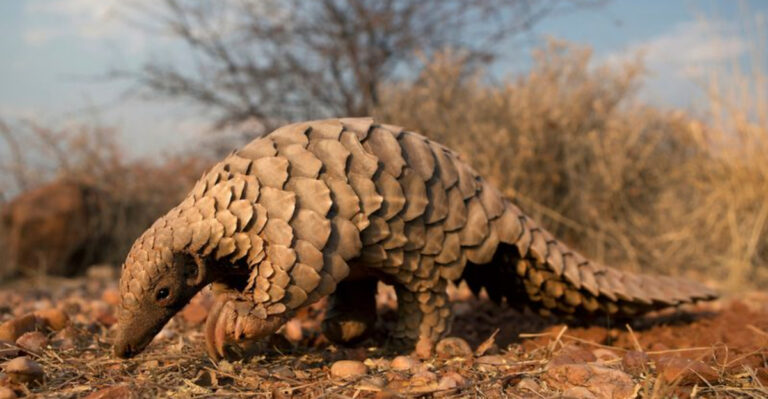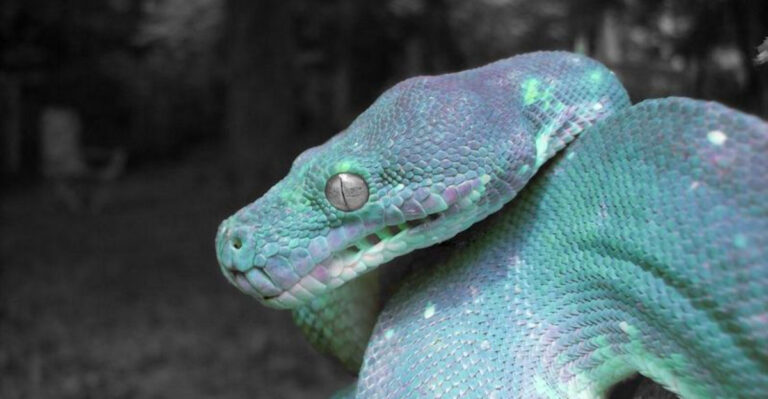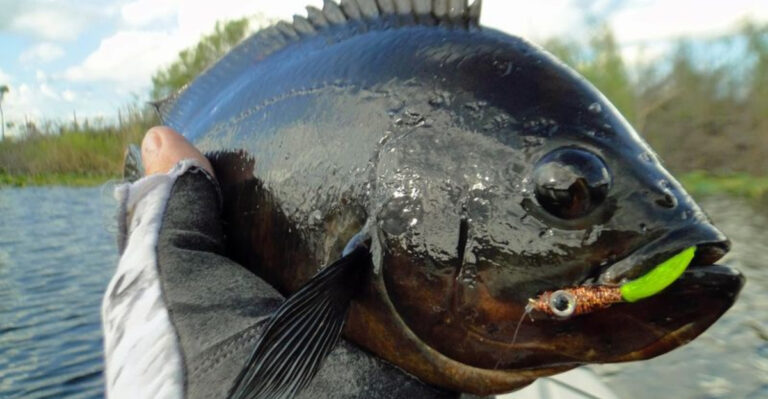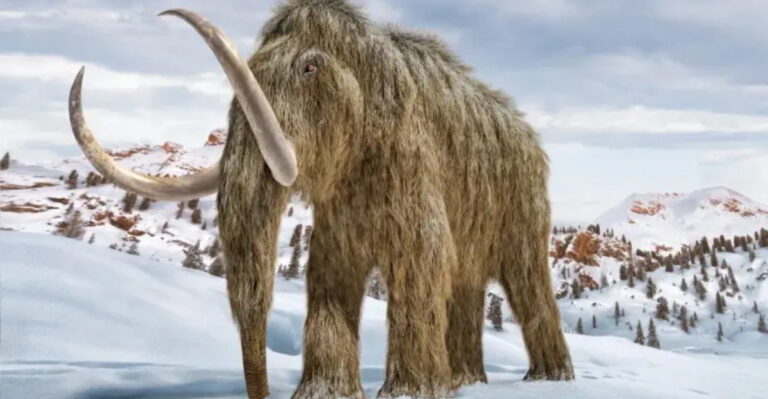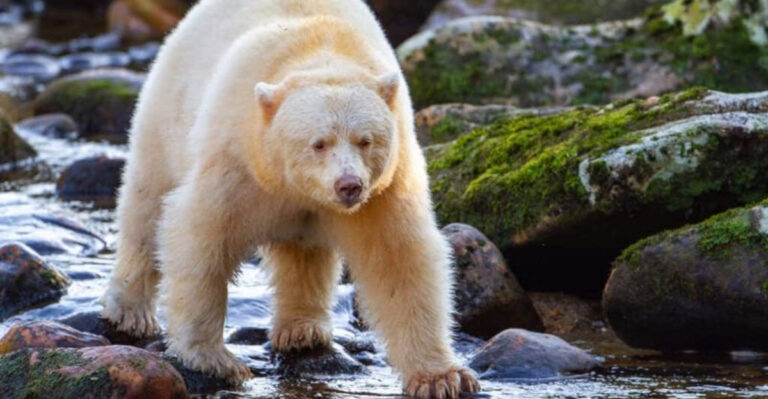16 Generally Calm Animals That Most See As Villains
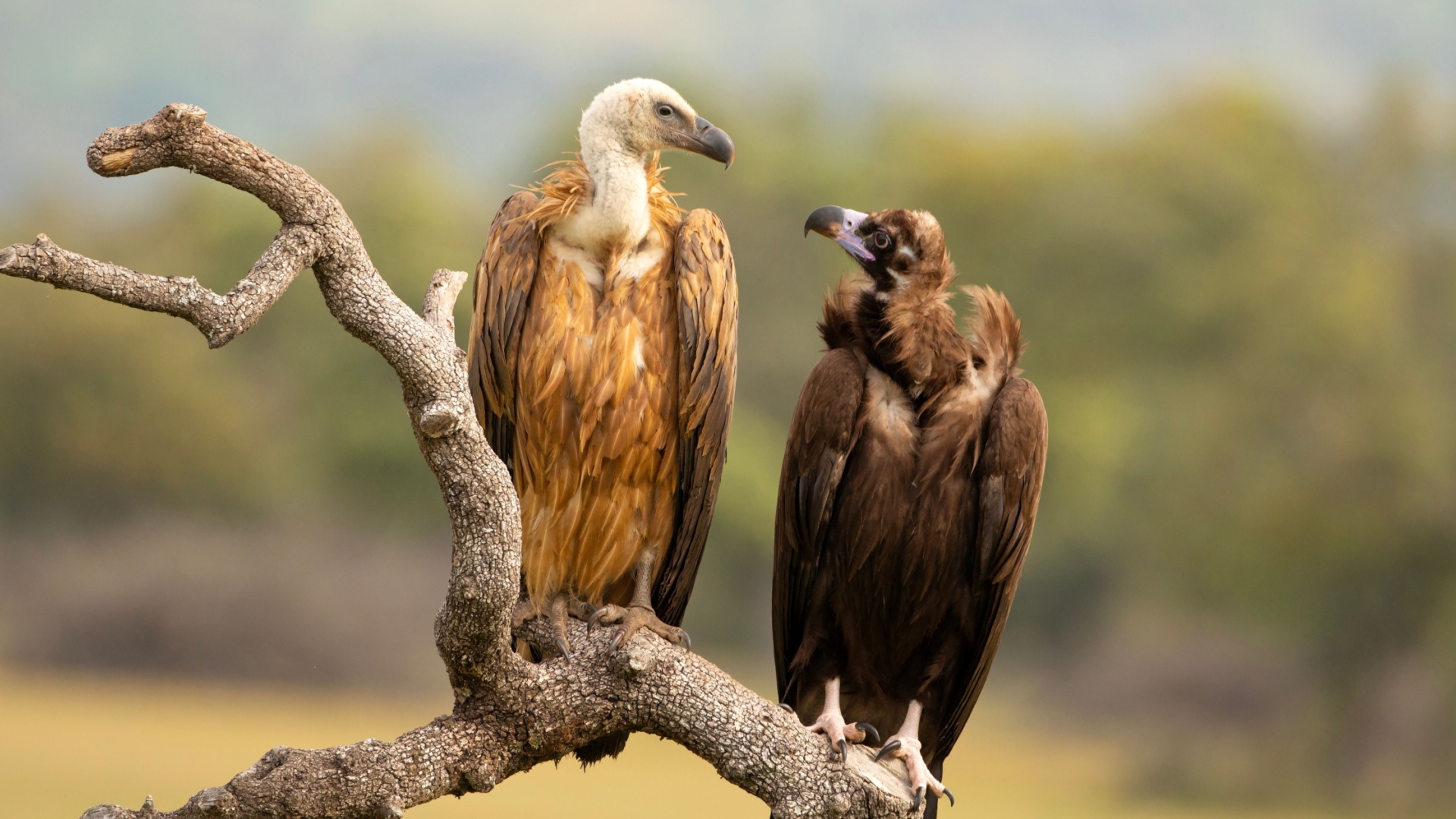
Some animals have a bad reputation, but is it really deserved? Hollywood, folklore, and even childhood fears have turned certain creatures into villains – when in reality, they’re more misunderstood than menacing.
From slithering snakes to sharp-toothed sharks, these animals are often seen as dangerous or aggressive, yet most of them would rather avoid trouble than cause it. So, which so-called “bad guys” are actually pretty chill?
Let’s set the record straight and take a closer look at some of the calmest animals that have been unfairly labeled as villains!
1. Great White Shark
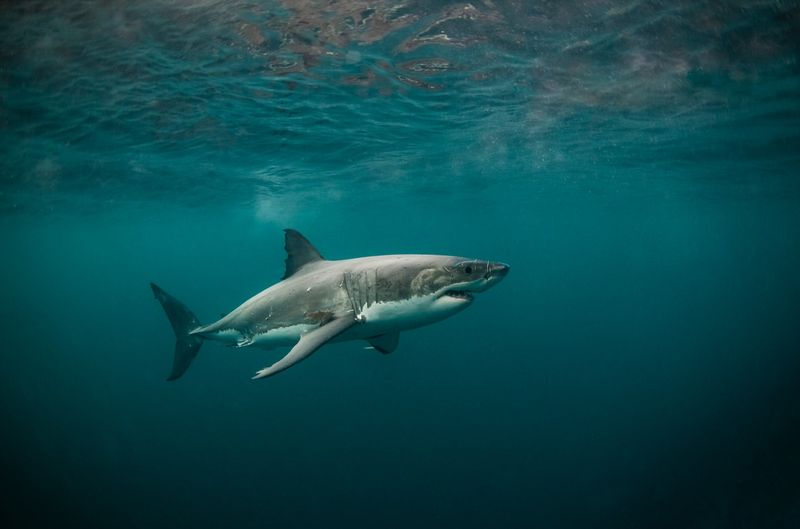
The great white shark, often labeled as the ocean’s most feared predator, is more of a gentle giant than a terrifying monster. Despite their fearsome reputation, these sharks rarely pose a threat to humans. They are curious creatures, often investigating objects in the water simply because they are intrigued.
Observations show that great whites are not mindless eating machines, but rather intelligent beings. Great whites play a crucial role in the marine ecosystem, maintaining the balance by preying on weaker and sickly marine life, which helps keep the ecosystem healthy. Their presence is a sign of a thriving ocean.
Unfortunately, sensationalized media portrayals have cast them in a villainous light. The truth is, these sharks are essential to the ocean’s health and are much misunderstood. While their size and teeth can be intimidating, great whites are generally calm creatures.
Their gentle side is apparent when observing them in their natural environment, where they glide through the water with a grace that belies their muscular build.
2. Wolves
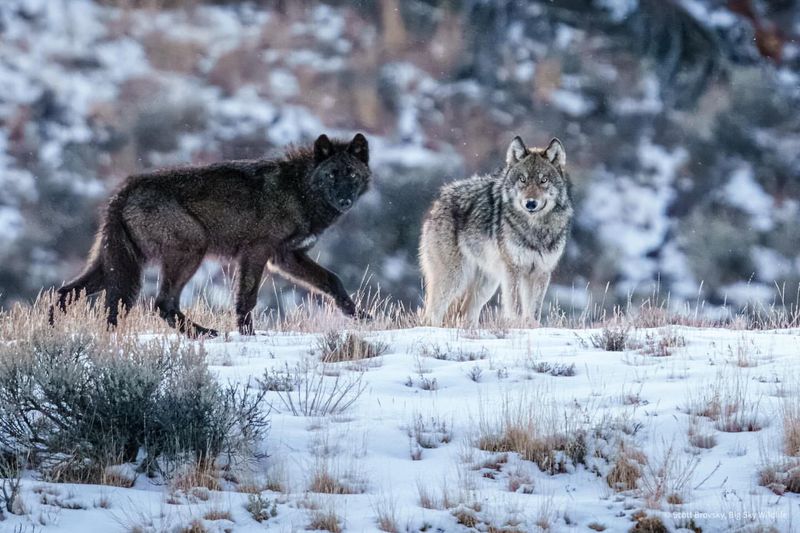
Living in packs, wolves exhibit cooperation, which is vital for their survival in the wild. Their howls, often perceived as eerie, are methods of communication, helping them coordinate during hunts and strengthen pack bonds. Far from being lone hunters, wolves rely on each other for survival. The pack structure is familial, with each member having a role to play.
Despite the myths, wolves rarely attack humans and generally keep their distance. Their role in the ecosystem is significant, as they control deer and elk populations, preventing overgrazing. This balance supports plant growth and benefits other wildlife.
By understanding wolves better, we can appreciate their calm and composed nature. They are not the villains folklore suggests, but rather, majestic creatures with a crucial ecological role.
3. Vultures
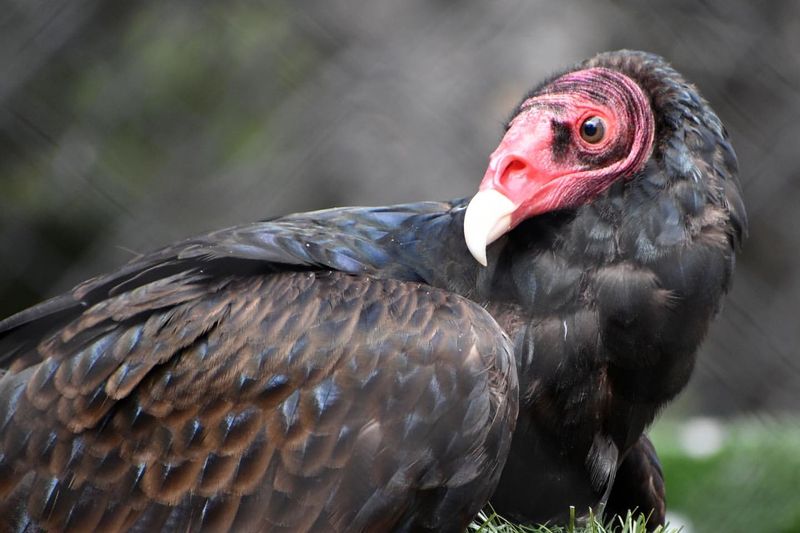
These scavengers are nature’s clean-up crew, disposing of carrion that could otherwise spread disease. With their sharp eyesight, vultures locate carcasses from great heights, ensuring that no meal goes to waste.
Though often seen as ominous and foreboding, vultures are crucial for a healthy environment. Their stomachs contain strong acids that neutralize harmful bacteria, preventing the spread of diseases like anthrax and rabies. Through this process, they contribute to the well-being of other animals and humans.
Their calm demeanor as they soar through the skies often goes unnoticed, overshadowed by their grim reputation. By appreciating their ecological importance, one can see vultures in a new light: not as harbingers of doom, but as guardians of the ecosystem.
4. Hyenas
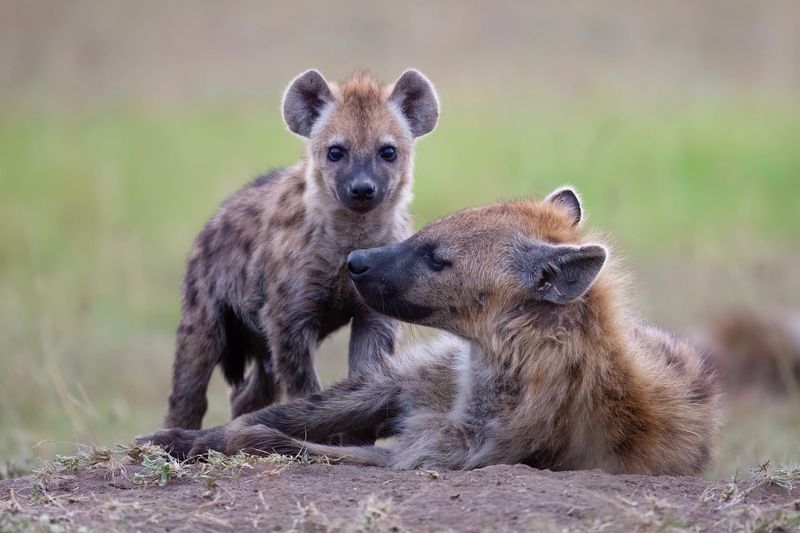
Hyenas are often typecast as the sneaky villains of the animal kingdom, but these intelligent creatures are far from mere scavengers. Known for their distinctive laugh-like vocalizations, hyenas are actually skilled hunters. In fact, their success rate in hunting rivals, and sometimes surpasses, that of lions.
Despite their reputation, hyenas are actually quite sociable and have a complex social structure. They live in large clans led by females, showcasing a matriarchal society that is rare among mammals. This social system is based on cooperation and communication. Their role as primary predators and scavengers ensures the health of their ecosystem by controlling prey populations and cleaning up carrion.
Their misunderstood nature often masks the essential ecological functions they perform. By appreciating the hyena’s role, we can see them as the fascinating, calm animals they truly are, rather than the villainous scavengers they’re often portrayed to be.
5. Crows
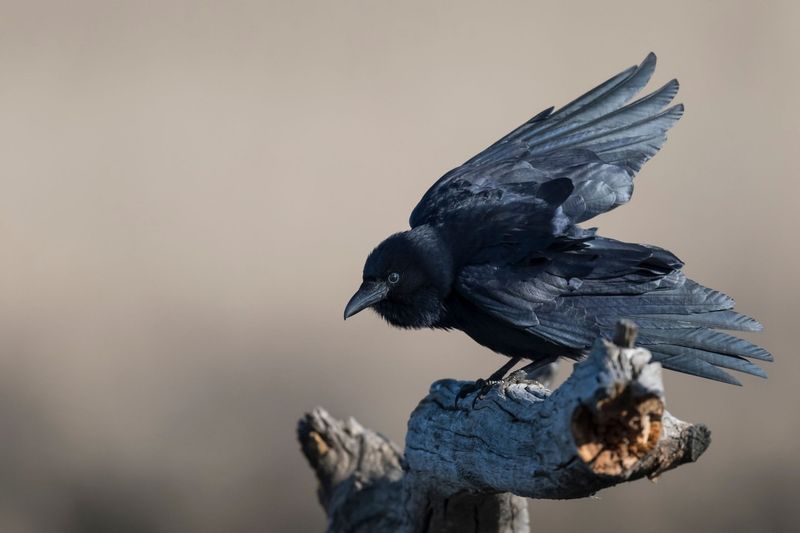
Known for their problem-solving skills, crows can use tools, recognize human faces, and even hold grudges. Their intelligence rivals that of some primates. In reality, crows are opportunistic feeders that adapt to various environments. They are incredibly social, often forming large, cooperative groups that work together to find food and protect each other from predators.
Their loud cawing, often seen as ominous, is merely a form of communication. These birds play an important role in the ecosystem by dispersing seeds and controlling insect populations.
Despite their portrayal in literature and film as harbingers of doom, crows are valuable members of the animal kingdom. By understanding their true nature, we can appreciate the calm and collected demeanor these birds genuinely possess.
6. Bats
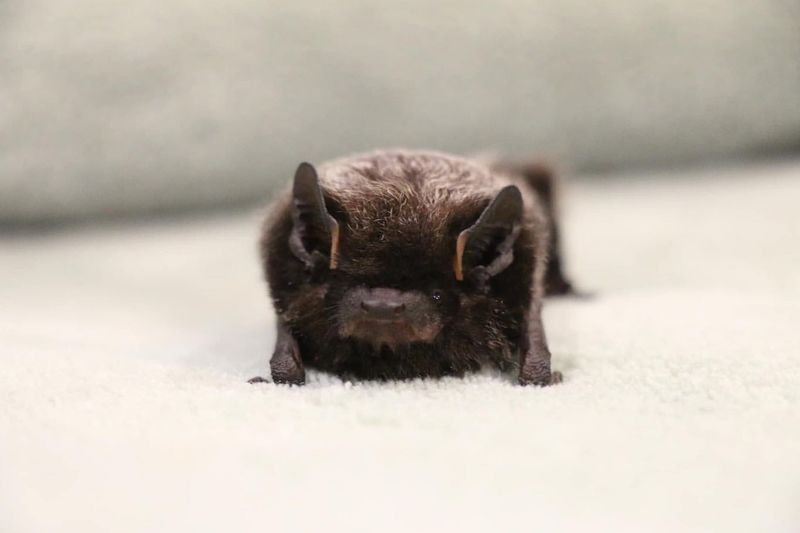
Bats often inspire fear due to their association with horror stories and vampires, but these nocturnal creatures are far from villainous. In truth, bats are essential to many ecosystems and are generally harmless to humans. These winged mammals contribute to agriculture by pollinating plants and controlling insect populations.
Many species of bats feed on insects, making them natural pest controllers. Their echolocation abilities are fascinating adaptations that allow them to navigate and hunt in the dark. Contrary to the myths, bats rarely interact with humans and almost never attack. Bats also play a critical role in the pollination of fruits and flowers, supporting biodiversity.
By understanding their positive impact on the environment, we can dispel the myths that portray them as sinister creatures. Instead, we can view bats as calm, beneficial animals with unique ecological roles.
7. Snakes
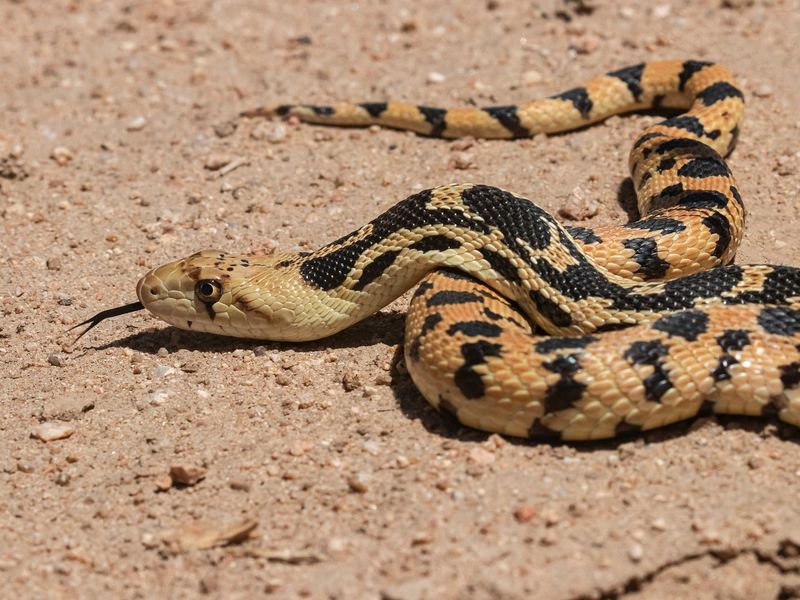
While some species are venomous, the vast majority of snakes are harmless and avoid confrontation. Snakes play a vital role in controlling rodent populations, which can prevent the spread of diseases. Their reputation as dangerous predators overshadows their ecological importance.
Snakes help maintain the balance of nature by preying on pests that can damage crops and spread illness. Their presence is a natural form of pest control, contributing to healthy ecosystems. Most snakes are shy and prefer to stay hidden rather than engage with humans or other animals.
They are not the villains often depicted in stories but are key players in maintaining environmental harmony.
8. Spiders
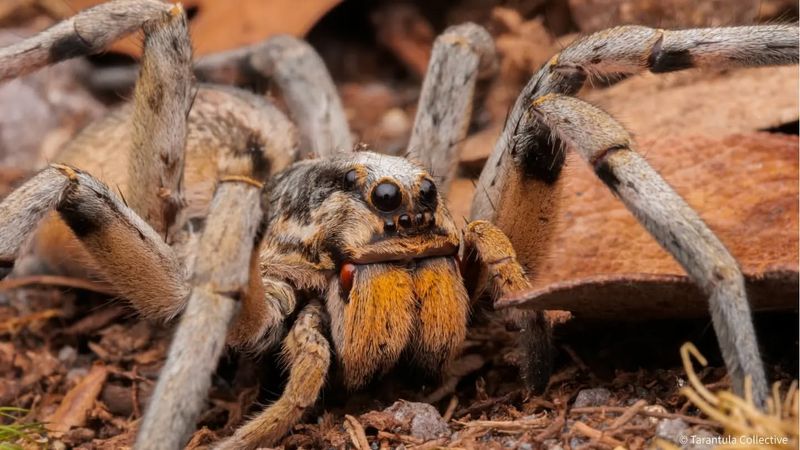
Spiders often send shivers down spines, yet these arachnids are more beneficial than harmful. Although some people fear them, spiders are generally harmless and play a crucial role in controlling insect populations. Their webs trap numerous pests, making them natural allies in gardens and homes.
Despite their fearsome appearance, spiders are not aggressive towards humans and will only bite in self-defense. Most species are harmless, and their venom poses no danger to people. Their presence in ecosystems supports biodiversity by managing insect populations.
By observing their intricate webs and hunting prowess, one can appreciate the artistry and ecological importance of spiders. Instead of seeing them as creepy crawlies, we can view spiders as calm, beneficial creatures that contribute to a balanced environment.
9. Rats
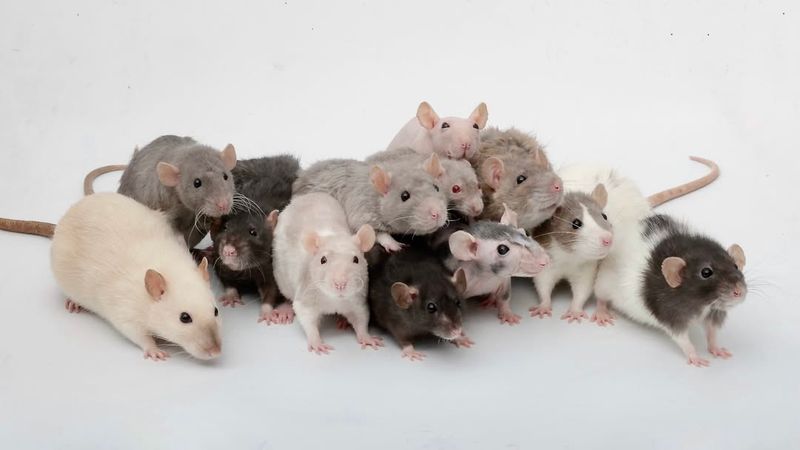
Rats often carry the stigma of being dirty and disease-ridden, yet these intelligent rodents are generally misunderstood. While they have been associated with spreading diseases, rats are also highly adaptable creatures that survive in diverse environments. They are social animals that exhibit strong family bonds.
Rats play a role in scientific research, contributing to medical advancements. Their social structures and problem-solving skills have been subjects of study, providing insights into behavior and intelligence. In ecosystems, rats are both prey and scavengers, contributing to the food web and nutrient cycle.
By understanding their adaptability and ecological significance, we can appreciate rats as calm, resourceful animals rather than pests. Their portrayal as villains often overlooks their contributions to science and nature.
10. Black Cats
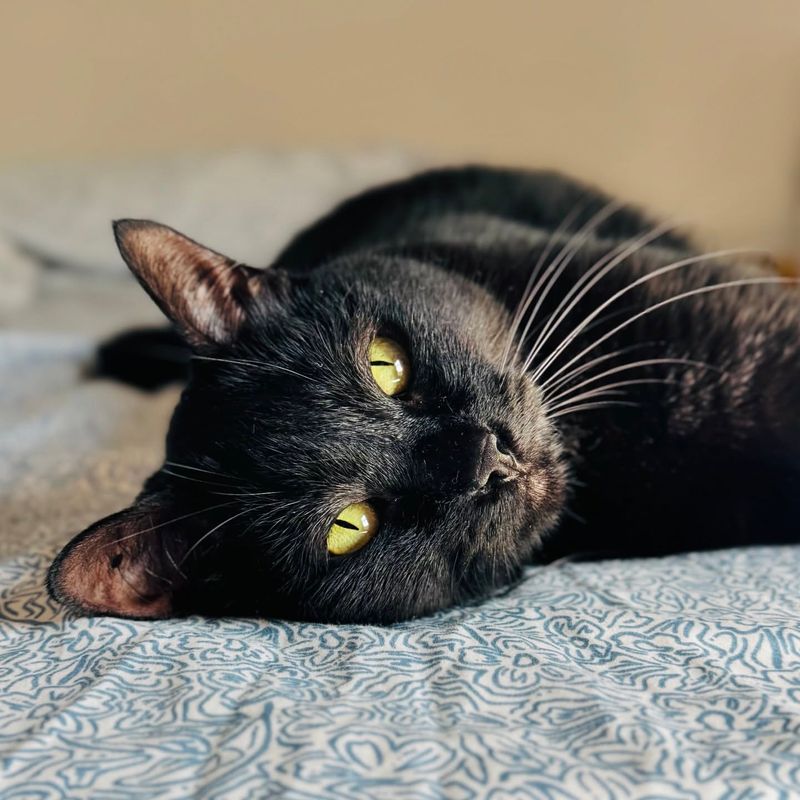
Black cats have long been associated with superstition and witchcraft, often being unfairly cast as bad luck omens. However, these felines are as calm and loving as any other cat. Their sleek fur and mysterious allure merely add to their charm, not their villainy. Historically, black cats have been revered in some cultures, symbolizing prosperity and protection.
Despite negative stereotypes, they are gentle companions that form strong bonds with their humans. Their reputation as bad omens is purely mythological, not based on behavior. In shelters, black cats are often overlooked due to these superstitions, yet they possess the same affectionate nature as their more colorful counterparts.
By embracing their beauty and calm demeanor, we can dispel myths and appreciate black cats for the delightful companions they truly are.
11. Jellyfish
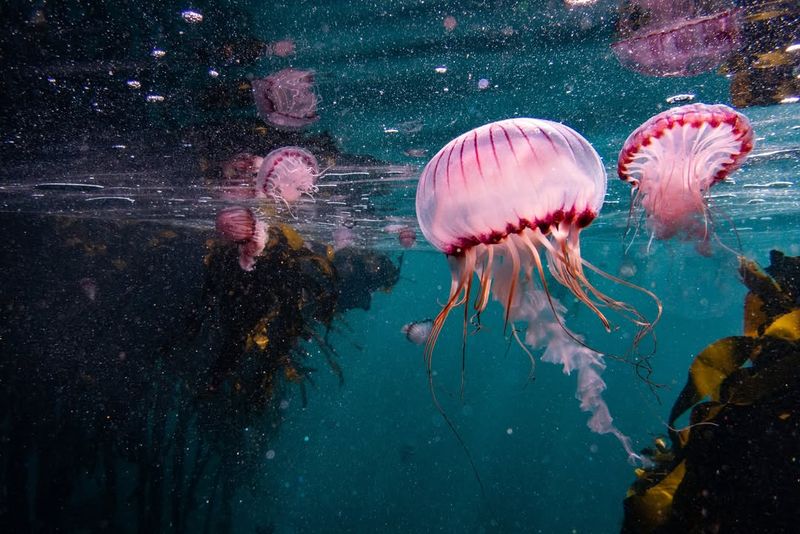
While some species can sting, the majority of jellyfish are harmless to humans. Jellyfish have been floating through the oceans for millions of years, playing a role in marine ecosystems. These creatures are passive feeders, relying on ocean currents to bring food to them.
They serve as both predator and prey, contributing to the marine food web. Their bioluminescence adds a magical touch to their underwater presence. Though sometimes seen as nuisances, jellyfish help control plankton populations and provide food for larger marine animals.
Jellyfish play essential roles in marine ecosystems, making them peaceful sea inhabitants rather than perceived threats.
12. Komodo Dragons
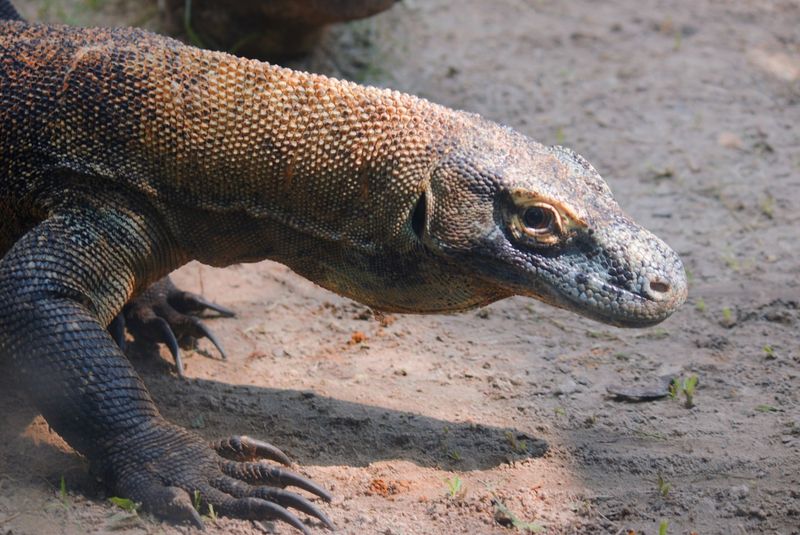
Komodo dragons, with their formidable size and reputation, might seem like the villains of the reptile world. However, these ancient lizards are generally calm and not aggressive unless provoked. Native to Indonesia, they are the largest living lizards, and their presence is crucial for their ecosystem.
These dragons are apex predators, maintaining the balance by hunting weak and sickly animals. Their diet includes carrion, which helps keep the environment clean. Despite their menacing appearance, attacks on humans are rare and usually due to human provocation. Komodo dragons are solitary animals, spending much of their time basking in the sun or patrolling their territory.
By respecting their space and understanding their role in the ecosystem, we can appreciate Komodo dragons as calm, important creatures rather than fearsome beasts.
13. Scorpions
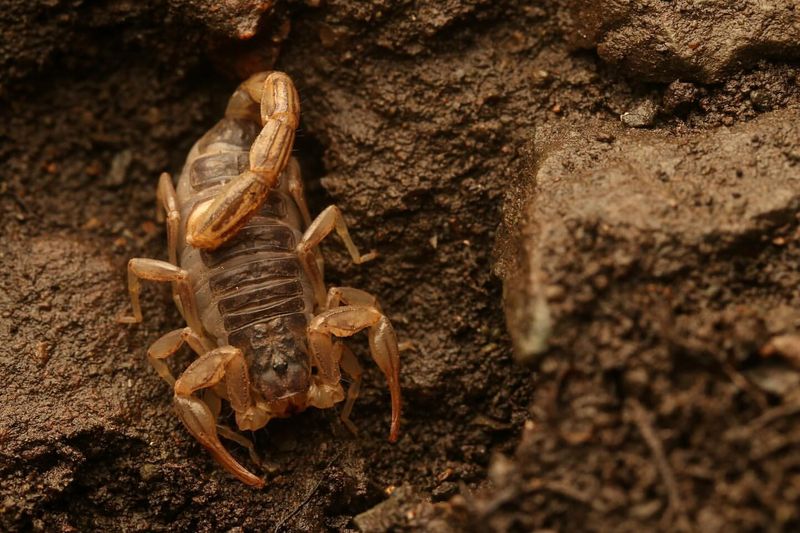
Most scorpions are not fatal to humans, and they play a vital role in controlling insect populations. Their presence is a sign of a healthy ecosystem. Scorpions are nocturnal hunters, using their pincers and stinger to capture prey.
They are solitary creatures that prefer to avoid confrontation. When threatened, they will use their sting as a last resort. Their glowing under ultraviolet light adds to their mysterious allure. By understanding their ecological role and generally calm nature, we can view scorpions with less fear.
They are not the villains often depicted in stories but are key players in maintaining environmental balance. With respect and caution, scorpions can coexist peacefully with humans.
14. Raccoons
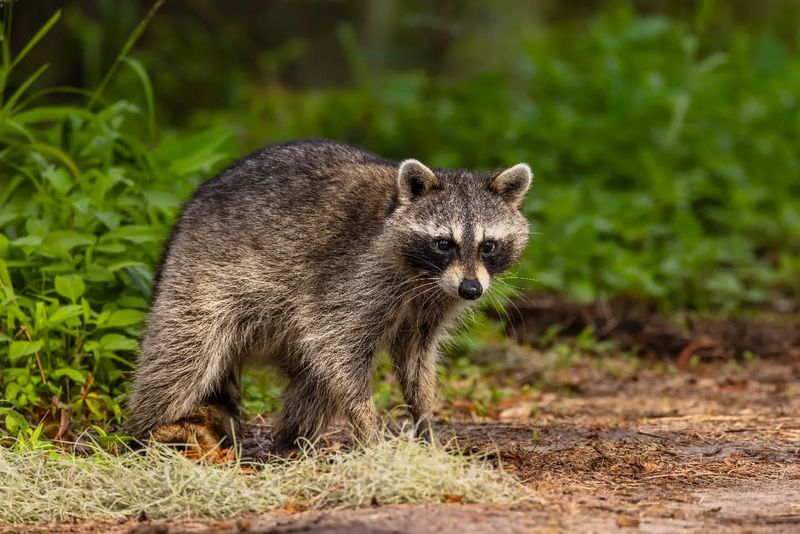
Raccoons are often seen rummaging through trash, earning them a reputation as troublesome pests. Yet these nocturnal creatures are intelligent and adaptable, with a calm demeanor that belies their mischievous nature. Their dexterous paws and problem-solving skills make them fascinating urban wildlife.
Though raccoons are opportunistic feeders, they play a role in controlling rodent and insect populations. They are solitary animals, generally avoiding human interaction unless food is involved. Their curiosity leads them to explore urban environments, where they often come into conflict with humans. By securing trash and food sources, humans can peacefully coexist with raccoons.
Recognizing their ecological contributions and calm nature helps dispel their negative image. Instead of viewing raccoons as villains, we can appreciate the ingenuity and resourcefulness that make them unique.
15. Pigeons
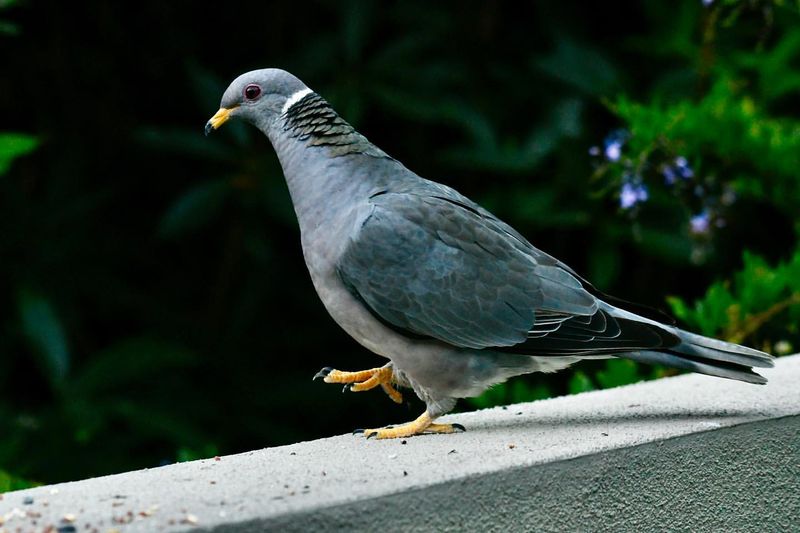
Despite their reputation as nuisances, pigeons are actually calm and social birds. Their ability to thrive in cities has made them a familiar sight worldwide. These birds have a remarkable history as messengers and symbols of peace.
Their homing ability is legendary, and they have been used in wartime to deliver crucial messages. Pigeons are also known for their strong pair bonds and cooperative parenting. By appreciating their adaptability and social nature, we can see pigeons as more than just city pests.
They contribute to the urban ecosystem by cleaning up waste and providing food for predators. Understanding pigeons helps us appreciate their calm and collected presence in our cities.
16. Octopuses
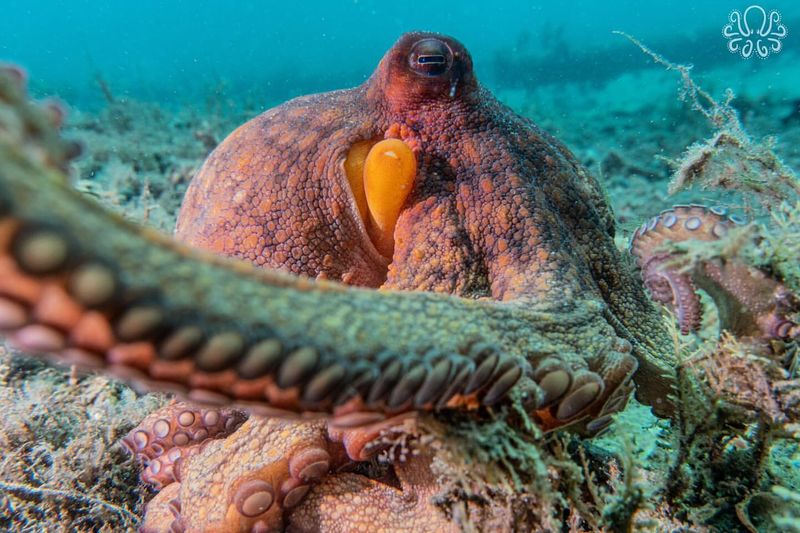
Octopuses often evoke a sense of mystery and intrigue, but these intelligent mollusks are rarely the villains they’re made out to be. Known for their incredible problem-solving skills, octopuses are solitary creatures that prefer to avoid conflict. Their ability to camouflage and escape predators is a testament to their adaptability.
These marine animals play a role in the ocean’s food web, controlling populations of crabs and other small creatures. Their intelligence and dexterity are subjects of scientific study, shedding light on cognition and behavior. As one of the most intelligent animals, they exhibit problem-solving skills and remarkable adaptability. Octopuses are not aggressive towards humans, and their interactions are usually peaceful.
By appreciating their intelligence and ecological importance, we can see octopuses as calm, fascinating beings rather than fearsome sea monsters. Their ability to blend into their surroundings adds to their mystique and charm.

